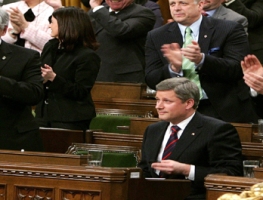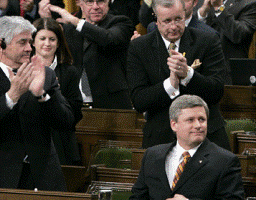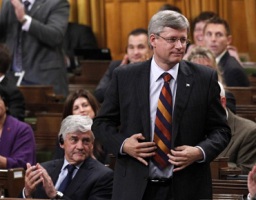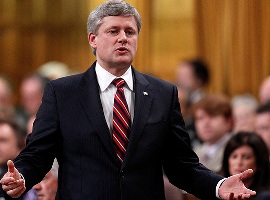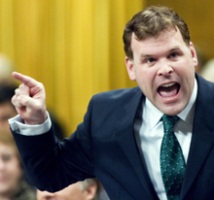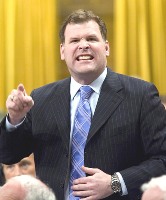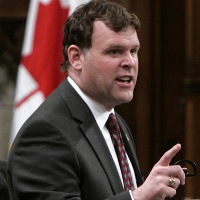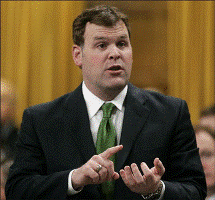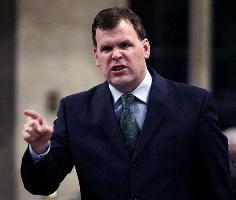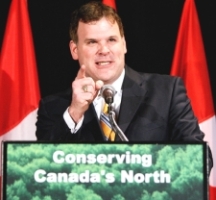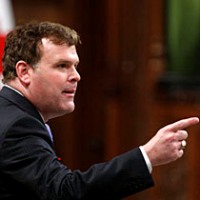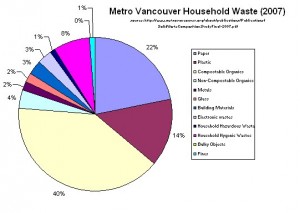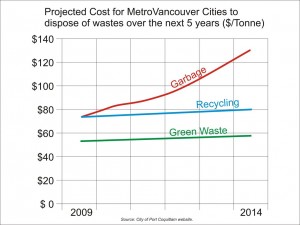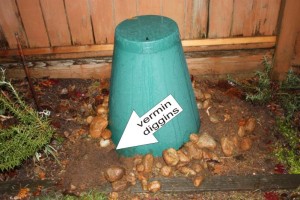The second public meeting on the United Brain Extension at the Justice Institute was very well attended, standing-room only in the JI Auditorium. TransLink opened by apologizing for the “donnybrook” that was the previous meeting, and I think they made up for it here. Sany Zein from TransLink did a very good job laying out the plan, and opening the floor to questions. There was a significant amount of new info presented, including traffic counts and compelling photos of existing traffic problems around Brain and Brunette.
First off, they made it clear that Options B, C, and D were off the table, and lacking support from City Council, they would not be further considered. So the rest of the discussion was about Option A. Although it disturbed me that Option A was constantly referred to as not causing the destruction of and houses, but it was clear from the drawings that houses and businesses would still meet the wrecking ball with this Option… just fewer than with other options. It was well pointed out in the presentation (and repeated later by several audience members) that Option A would cause much greater disturbance to the Sapperton neighbourhood, with trucks traveling up ramps and stopping at traffic signals 9 metres above the ground.
The problem was, everyone in the room agreed traffic was a problem in New West. 400,000 cars a day in a City with 60,000 residents is a problem. However, TransLink failed to convince the room that this little overpass was going to solve this problem; most actually though it would make the situation worse.
TransLink was somehow arguing that this would increase traffic flow through the restricting one-lane Bailey bridge, as the one-lane-with-signal design only facilitated 300 vehicles and hour each way, but that this project would not result in more traffic in New Westminster. When pressed on this contradiction, Mr. Zein mentioned something about the difference between vehicles per hour and total number of vehicles. This made even less sense (would rush hour volumes be reduced, but last longer at night, or would rush hour be shorter with more cars? which is better?) It didn’t make sense.
TransLink did throw two new treats into the pile. First, they committed to fix the intersection at Columbia and Brunette but doubling the right-turn lanes onto Brunette from the east. Of course, this wouldn’t happen until 2018 (4 years after the UBE is done), the funding is not secured, and it was not mentioned that this would mean the removal of another half dozen tax paying New Westminster businesses. Second, TransLink will “support” the City’s removal of Columbia between Brunette and Braid, and the Braid-8th Ave corridor from the regional truck route network. Again, when pressed, Mr. Zein admitted that TransLink’s support was only a formality if the City requested the removal, and this approval was in no way contingent on the approval of the UBE. It was raised by an audience member that 8th needed to be a truck route, as it was the only route to the Pattullo Bridge from the east when the loop-ramp off Columbia is closed in the evening rush. So the new treats didn’t sweeten the plot much.
Any other improvements on Front Street will have to wait until a decision is made on the Pattullo Bridge. So 2020 would be ambitious. Meanwhile, the traffic will build up.
After the presentation, there was a spirited Q&A session. Many people were there to comment, many were asking questions. But in the end, not a single person stood up and said “this is a good idea”.
There was a variety of issues raised, familiar to anyone who reads this blog. The impact of the new Freeway and the SFPR on the need for Trucks routes through New Westminster. The long list of bottlenecks to which this project will feed traffic to, all the way to the Queensborough Bridge. There was even a commenter from Queensborough who was clearly irritated that this backed-up truck route was her only link to the rest of the City, and this plan would only invite more trucks. Several people pointed out the bad transportation planning on Coquitlam’s part, and questioned why New Westminster should suffer for it. The Fraser Mills development was raised, and one of the largest applauses of the night went to a fellow who calmly suggested the most economic solution might be to remove the Bailey bridge completely. A few people pointed out that this would not be a truck-only route (even the image TransLink provided to show that this was a “truck route” showed more than 50% of the current traffic as private cars), and asked very sharp questions about what alternatives to move goods did Translink explore (short answer: none. TransLink builds roads, any other “good movement” modes such as short-haul barges and trains are not their jurisdiction). Talk of the existing “funding gap” was as expected: TransLink has no idea how it will be filled, but Mr. Zein made it very clear this would not be a P3.
For an hour and a half, the citizens of New Westminster stood up and listed concerns about the plans. Not one single person agreed this was the solution.
If the Mayor and Councilors, as was suggested after the first meeting, were waiting to hear details from TransLink and feedback from the citizens of New West, they got it. And the message is clear.
Some seem to be hedging their bets a bit, which is why we still need to send them a strong message and drie it home: this project is non-starter. It does nothing for New Westminster, while threatening the livability of not just Sapperton, but all of New Westminster’s neighbourhoods, from Victory Heights to Queensborough.
Please take the 5 minutes to contact your Mayor and Council. E-mail them, phone them, or send them mail, but do it quick. Also try to show up at Monday’s council meeting. As I have said several time before: be brief, be respectful, be rational, just tell them how you feel about this project and ask them to vote against it. Then thank them for listening.
